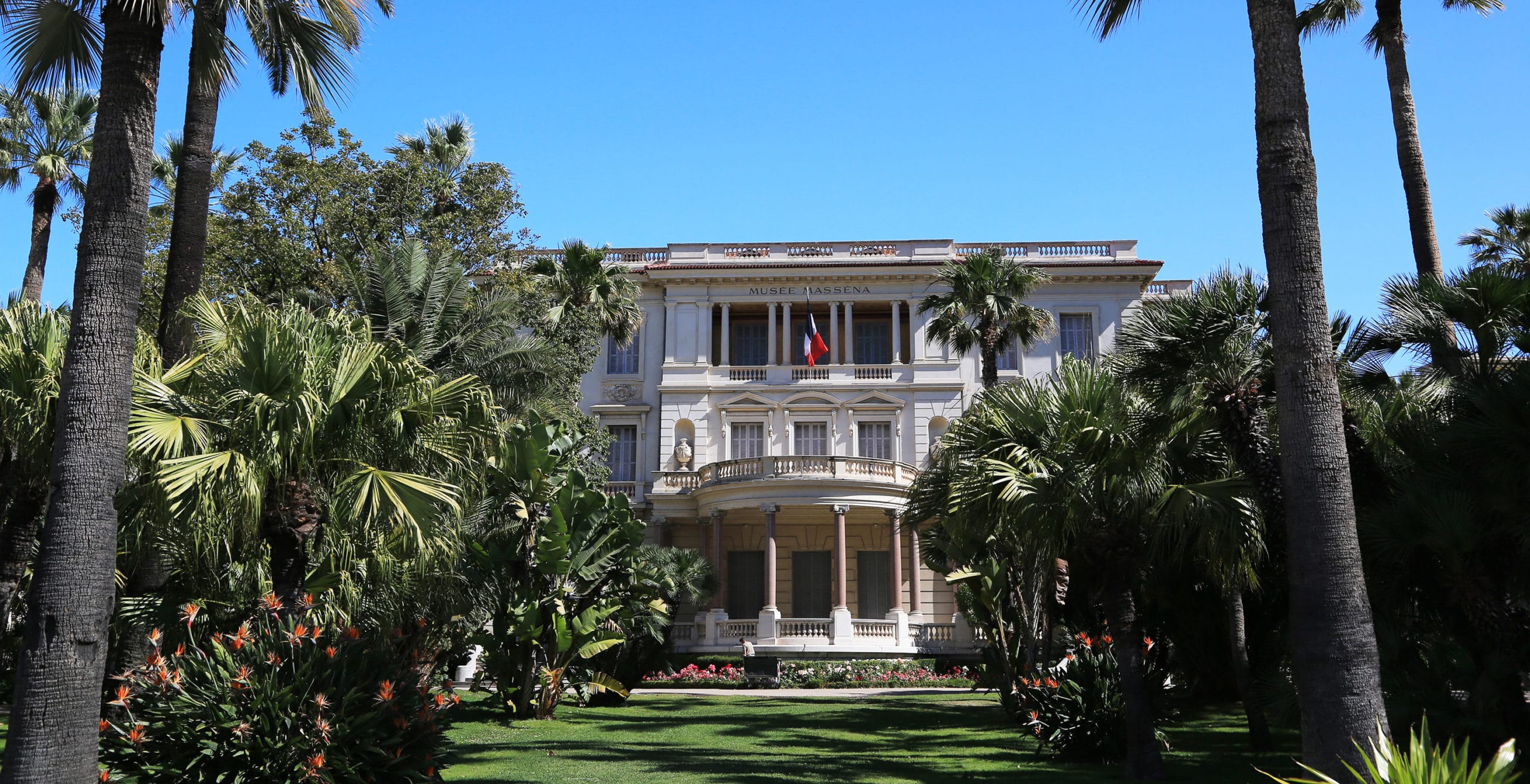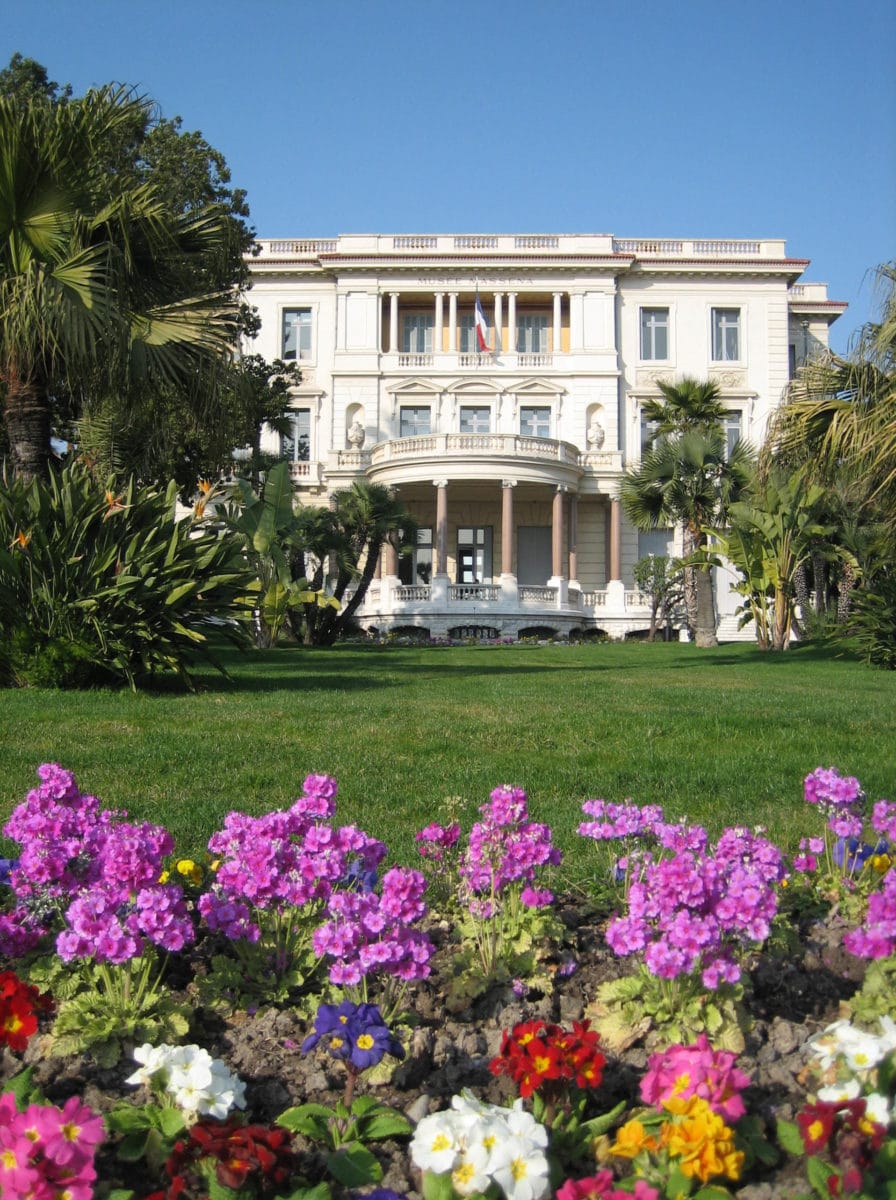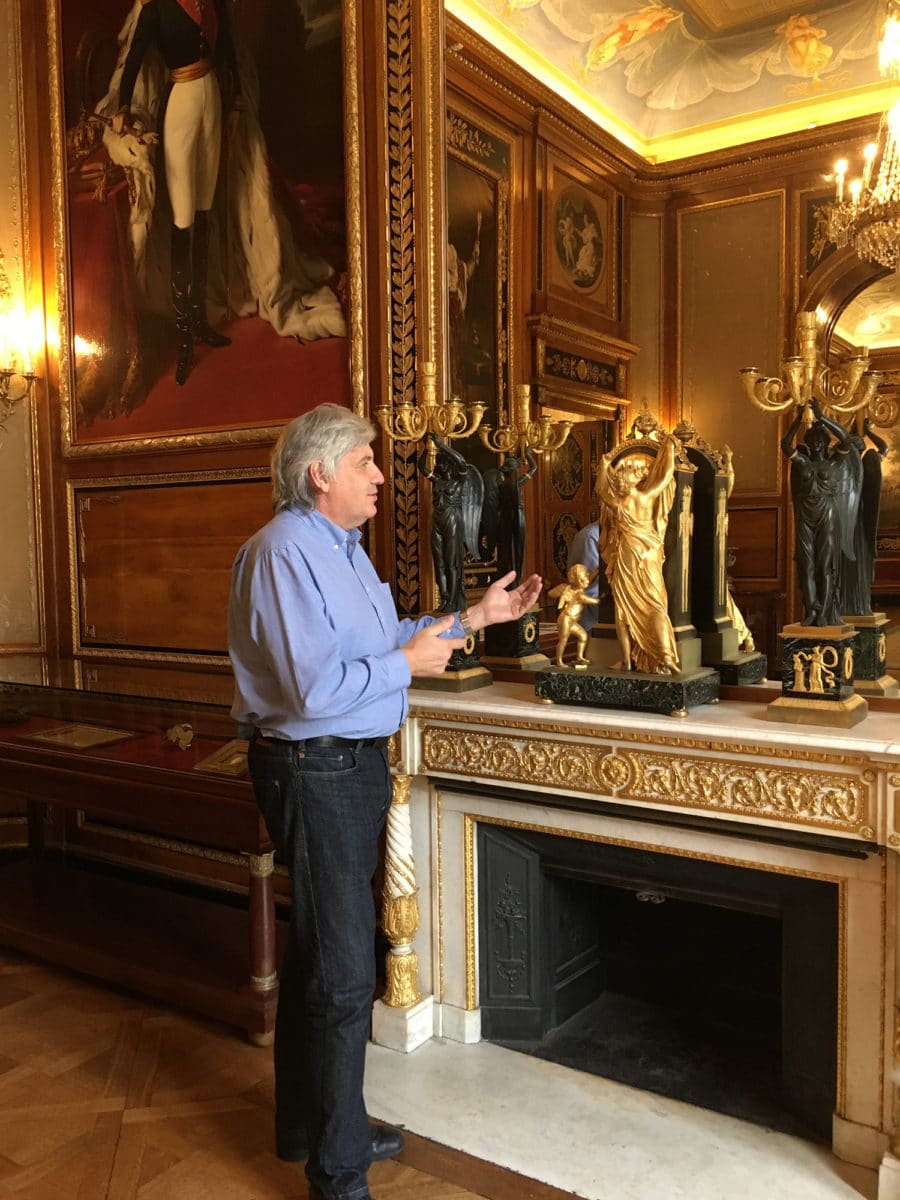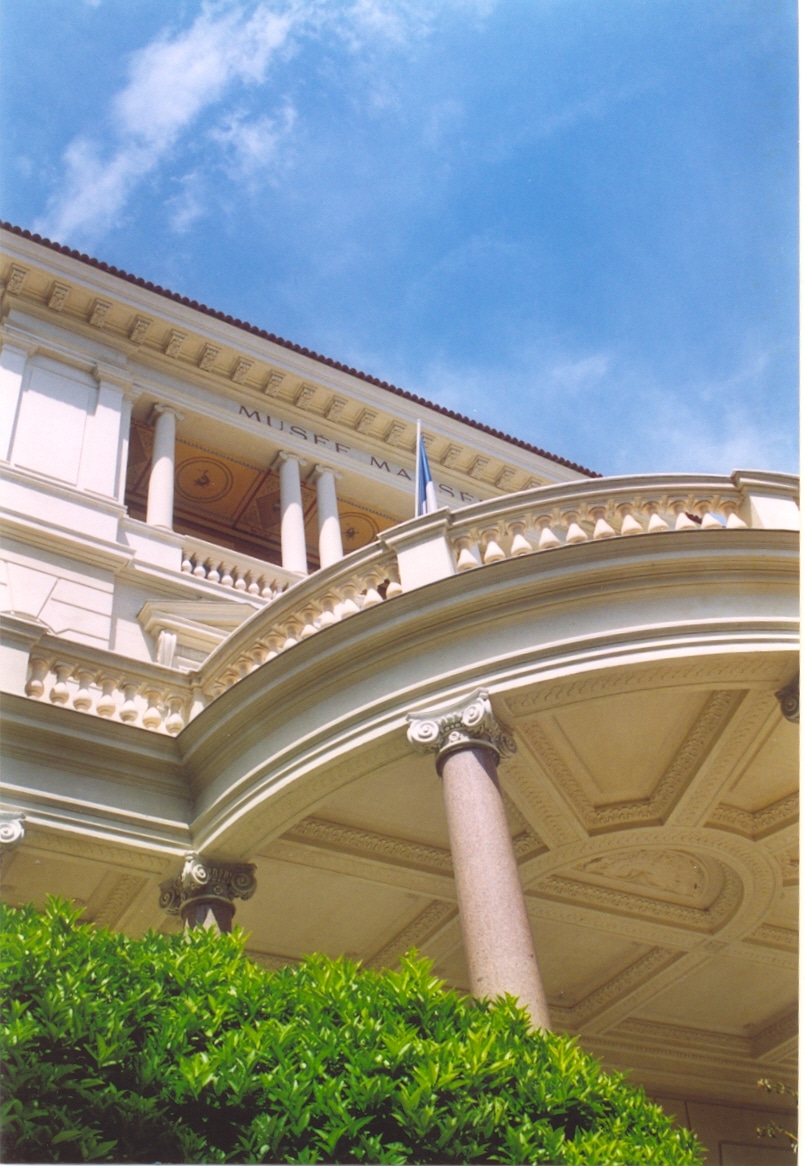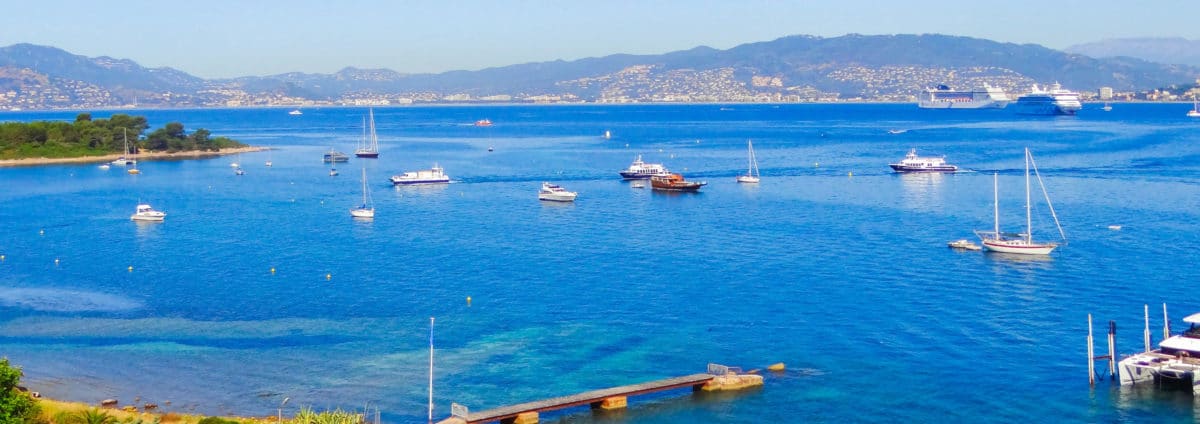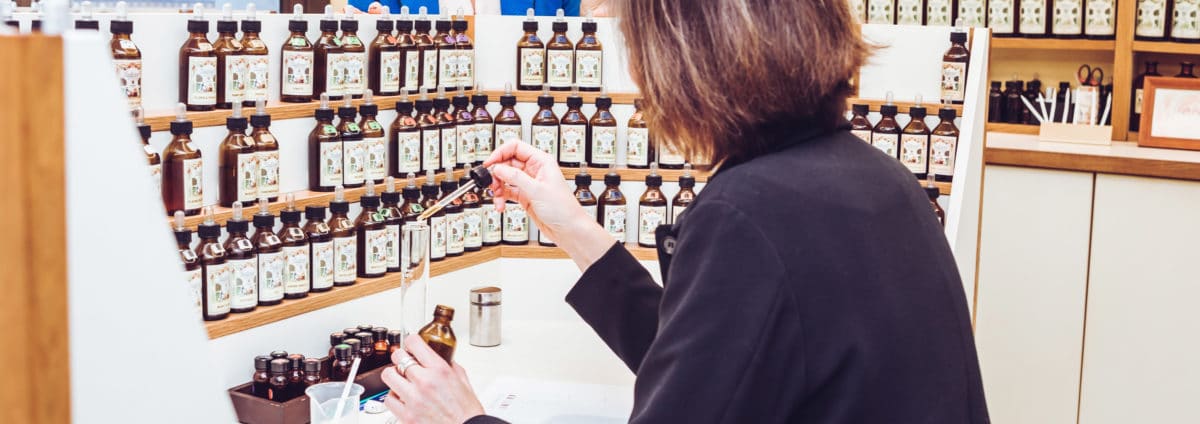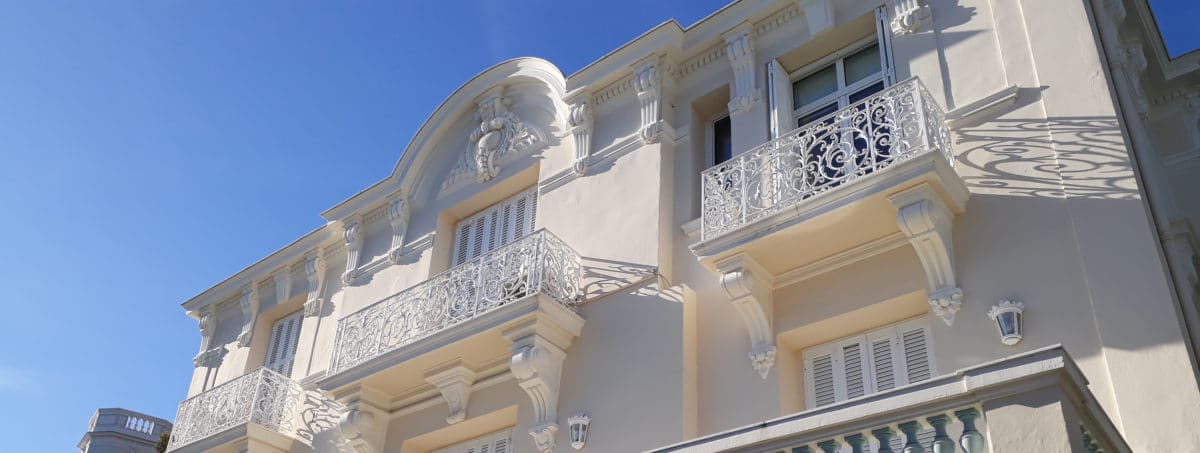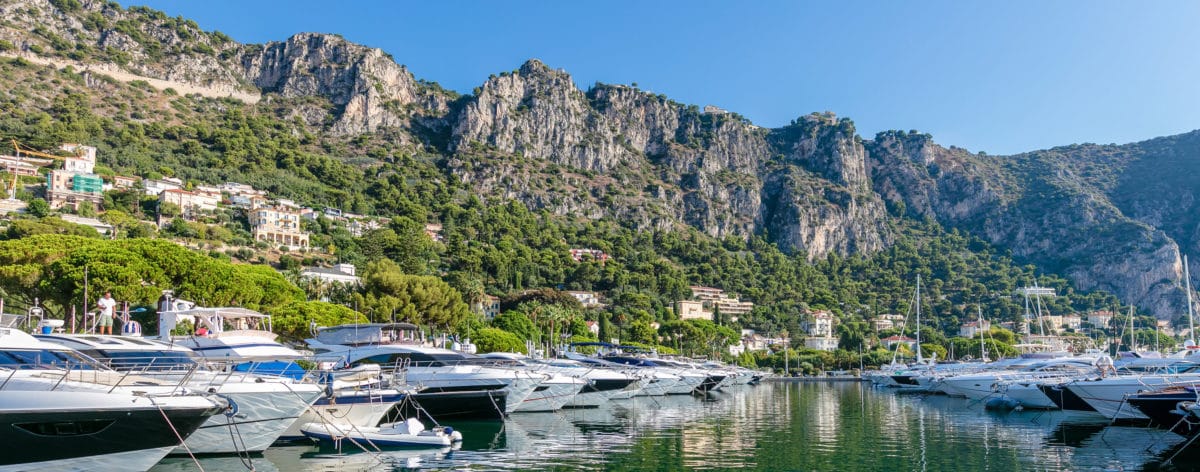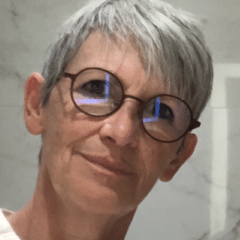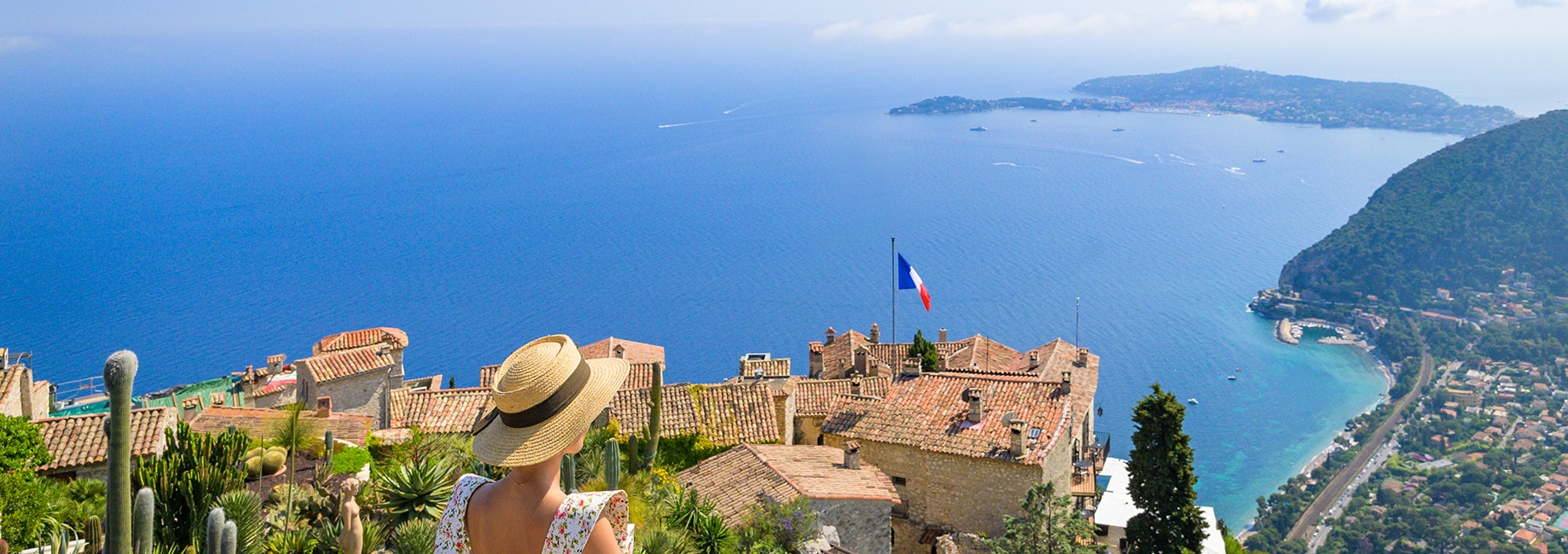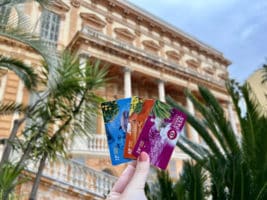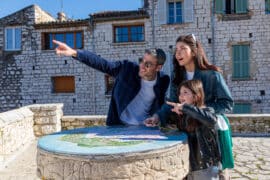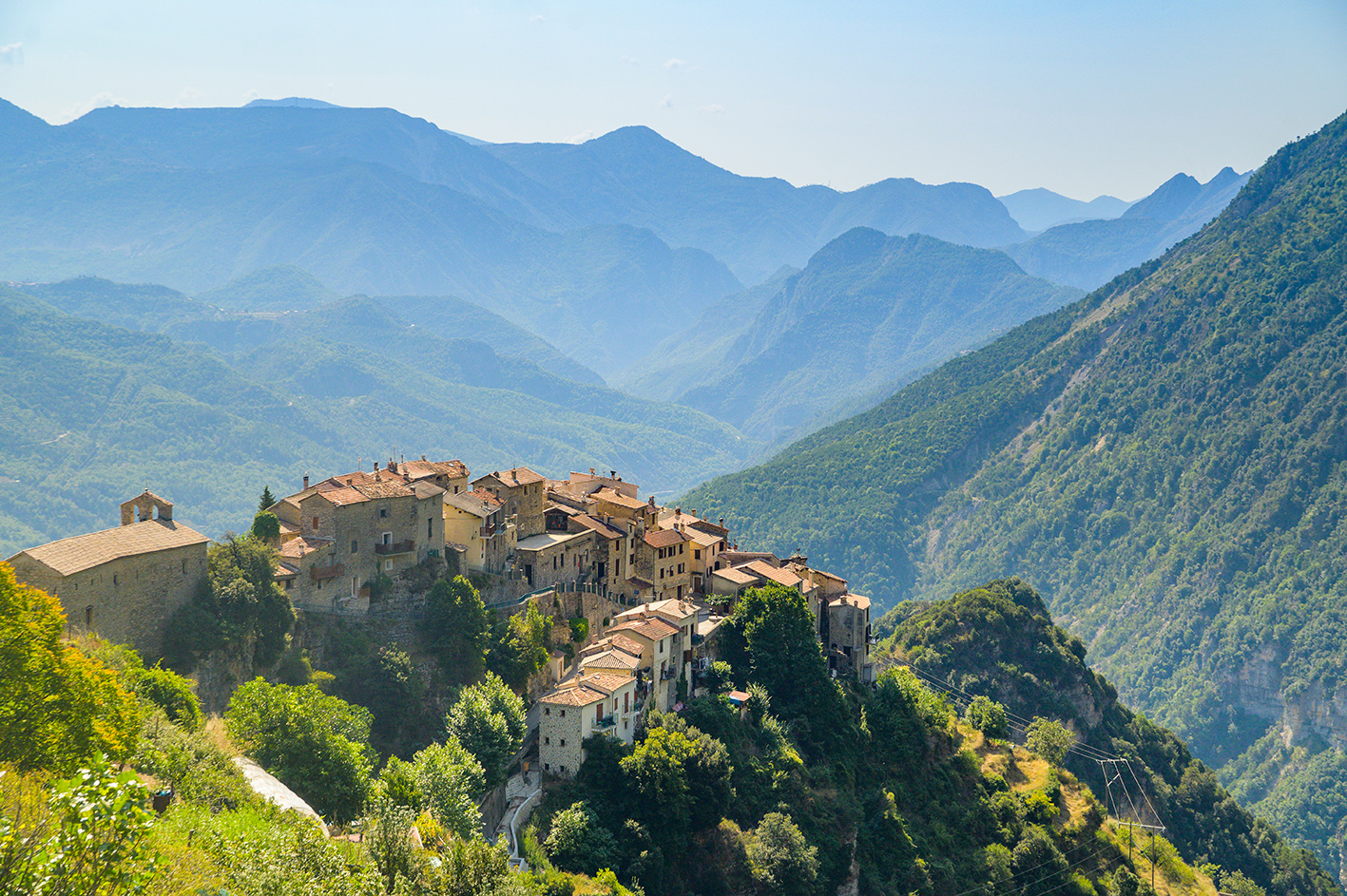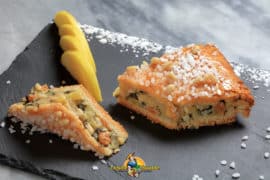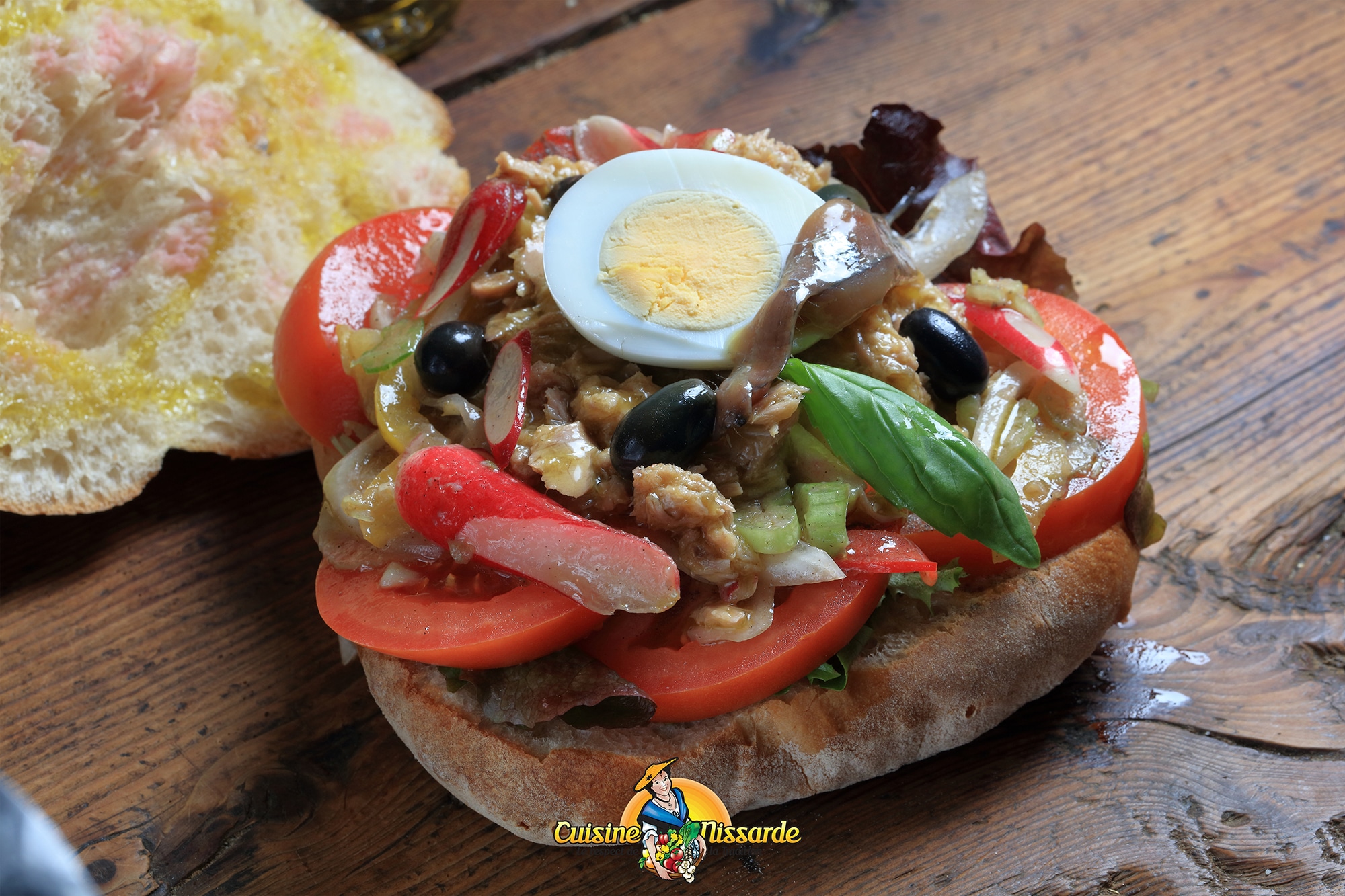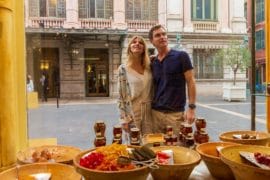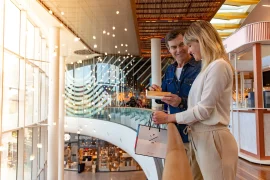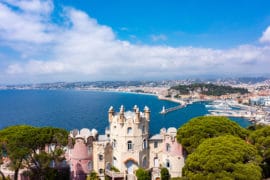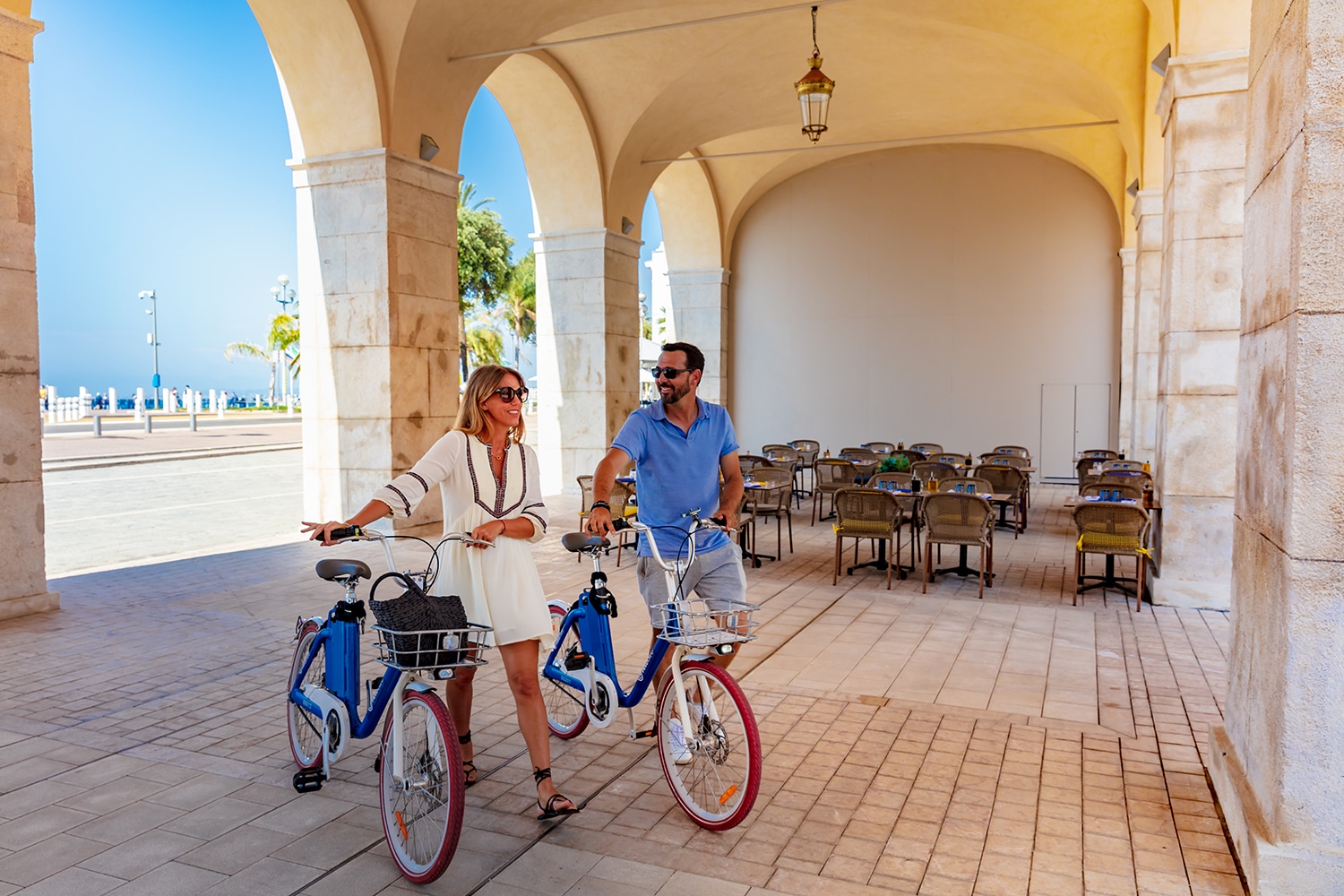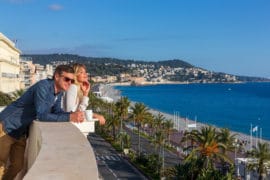Masséna Museum – Nice
To go to the Massena Museum is to offer several experiences in one.
The entrance can be made either sea or city side. Yet, soon you will learn that the city side was the noble side and that access to this neoclassical villa of the early 20th century is there. Note: the reception and the ticket office are in the pavilion on the city side. You will not be disappointed because the adjoining store contains some very nice gift ideas.
On the ground floor
Upon entry, the feeling of being transported to the 19th century grabs you. The Empire style predominates and connects the place to the story of the illustrious grandfather, Marshal Massena dubbed “the darling child of Victory” by Napoleon himself ….
The ground floor has kept the charm of yesteryear, living rooms and dining room, family portraits and Bonaparte. It is striking to walk in this palace almost expecting to see our reflection in crinoline or coat, in every mirror that faces us. The woodwork of Govone Castle is sumptuous.
Do not forget to look at the clocks and lamps that are works of art.
On the first floor
The staircase leading to the first floor brings together the whole Massena family … If we look well everyone is there. In the foreground, the present of the time and behind the columns, the missing … Delicate attention …
The first floor houses the museum’s permanent collection, which traces the history of Nice from the end of the 18th century to the beginning of the 20th century.
The first room is a tribute to Massena, then comes the part dedicated to Josephine de Beauharnais who was at the origin of the introduction in France of many plant species. Many have passed through Nice to acclimatize to the European climate. An important correspondence between her and the first prefect of the Alpes Maritimes traces the history, hence the portrait of Mr. Dubouchage against the Empress. Items such as his mother-of-pearl tiara, gold, pearls and colored stones donated by Murat, or the first death mask of the Emperor Napoleon I are rare testimonials.
Then, the vast hallway recalls the Savoy family who presided over the destiny of the city from 1388 to 1860 – with a short interruption during the French Revolution and the Empire where it became French-. It ends, however, with the return to France with Garibaldi and Napoleon III who are at the heart of the Reunion of the County of Nice to France.
In the rooms that open on this space, themes very nicely treated and very informative decline Nice in all its facets, its heritage history, its urban development, its population, its crafts, its craftsmanship -marquetry in particular -… The works of landscape painters of the 19th century and more particularly Joseph Fricero, Antoine Trachel or Alexis Mossa underline them magnificently. Then follows the advent of winter tourism with the arrival of crowned heads, artists and wealthy bourgeois from all over Europe. And there, Nice develops, becomes a city of tourism which evolves and extends around this new concept … Queen Victoria neighbor with the imperial family, as well as with the nobility of the County of Nice …
While browsing these rooms, the understanding of this political history heckled as the traces of a city that has chosen capital of the art of living and vacationing becomes obvious.
On the second floor
But let’s continue … The second floor hosts the temporary exhibitions. They are always of great interest and a staging as aesthetic as relevant.
PTo conclude the visit, a detour through its beautiful garden which is older than the villa itself.
For my part, I like to go there and take all my time …
Good Deals
If you only visit municipal museums: opt for the City of Nice Museum Pass.
If you are staying and visiting the city: the French Riviera Pass 24, 48 or 72 hours is a must!
Practical information
- Guided tour: By appointment
- Admission charge
- Shop, park, parking nearby.
Cover photo @OTM NCA / Lisa del Sol


